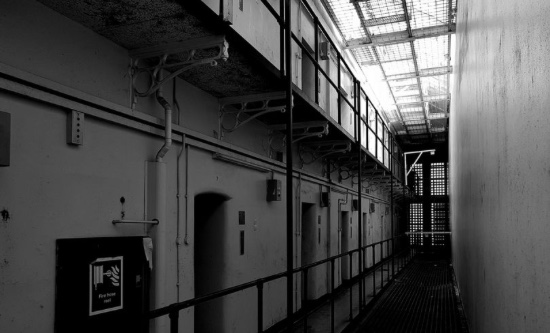
In the 12 months to September 2022, there were 307 deaths in prison custody in England and Wales. Although this is down from the 396 deaths in the previous 12 months, it is still a shocking figure. Seventy of these deaths were self-inflicted. Figures published by the Ministry of Justice show that 371 people died in prison custody in 2021, more than one per day. In the 12 months to June 2022, there were 52,972 recorded self-harm incidents in prisons in England and Wales.
Britain is not the only country in Europe where prisons are deadly. In 2022 Italy saw the highest level of prison suicides to date, with 84 people taking their life behind bars. This number brings the suicide rate in prison to 20 times higher than outside prison.
This is not a coincidence. Prisons all over Europe are still suffering from the restrictive policies adopted to tackle the pandemic. In England, 177 people died after testing positive for Covid-19 between March 2020 and December 2021, and Covid restrictions have seen tens of thousands of people locked in their cells for 23 hours a day for months. Lockdown in prison was absolute and dehumanising, with loss of time out of cell, social and family contact and all kind of activities. Predictably, the consequences have been increased anxiety, depression, self-harm, and mental illness.
Italy’s prisons face serious overcrowding and in 2013 the European Court of Human Rights condemned Italy for inhuman and degrading treatment in overcrowded jails. Very little action has occurred in response, and the prison system holds between 8,000 and 10,000 more prisoners than it has capacity for.
As Covid-19 was making its way through Europe with the first outbreak in Northern Italy in early 2020, Italy also implemented strict restrictions in prisons as a response to the pandemic. At that time, health information was vague, and social distancing imposed on the outside world was impossible to implement in prison. The Italian government therefore decided to entirely close prisons to the outside world. The first measure taken was to curtail visiting rights, allegedly to contain the spread of the virus. In addition, professionals and volunteers who provided educational, recreational and training activities for prisoners were banned from entering the prison. Even parcel delivery was suspended.
Protests exploded in prisons all over the country. Prisons were set on fire and occupied in protests which involved over 6,000 inmates in over 27 prisons. Dozens of people escaped from a prison in South Italy, and 12 prisoners were found dead during the demonstrations.
It was only when Italy implemented the second lockdown in October 2020 that the government took the decision to release people serving a sentence of less than 18 months, transferring them to care homes or private domiciles. In Britain, despite passing laws allowing it to release prisoners early, the total figure let out in England and Wales was only 275, and 348 in Scotland. This protracted rigid detention regime has put a strain on the conditions of thousands of inmates, profoundly affecting their physical and mental health.
The pandemic could have been an occasion to rethink prison conditions, reduce the prison population and implement alternatives to imprisonment. Instead, governments in European capitalist countries like Italy and Britain took a vindictive approach by limiting and suspending prisoners’ rights. Having implemented such regimes initially for health reasons, prison authorities and staff have been reluctant to reverse them, preferring the advanced level of control they have gained over prisoners’ lives. The high level of prison deaths is a direct result of this approach.
Bianca Pezzoh
Fight Racism! Fight Imperialism! No 292, February/March 2023




